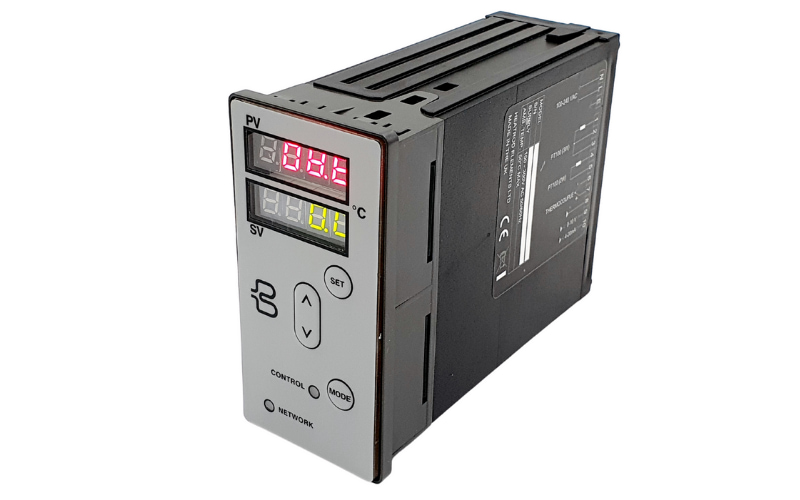FAQs
General FAQs
-
What is 'Inherently Temperature Safe'?
Inherently Temperature Safe cables are cables that have no significant output at their energised temperature. In other words they do not need any form of temperature controller to protect the cable. They will not burn out.
Self Regulating Heater FAQs
-
Can I cut the heating tape anywhere?
Only if it is a parallel type - so you'll need to identify the type of heating tape that you have.
You can identify any 'type' of heating tape by simply looking at the end of the heating tape. If you have a self-regulating heating tape, you will see two wires (sometimes referred to as 'buswires' or 'conductors'), surrounded by a narrow, black material (a semi-conductive core). The two conductors act as your 'live' and 'neutral' wires - it doesn't matter which one you use as which. Surrounding that will be either a RED, BLUE or BROWN insulation. You may then have one (or two) further'layers' depending on the other options taken when ordering. If this describes what you're looking at, you have a self-regulating heating tape.
However, if you have a constant wattage heating tape, there are a number of styles available. The choices available from Heat Trace are i) a 'flat foil' heating tape, and ii) a 'spirally wound' heating tape. Both work on the same principle. However, on either style, you will have two conductors. If you look at the end of a spirally wound, constant wattage heating tape, you will notice two round buswires - fairly close together. Surrounding these wires will be a jacket providing insulation. Spirally wound around this jacket will be a fine wire heating element. If you can see all of this, you have a Spiral Wound Constant Wattage heating tape. If you don't see any of these, it sounds as though you've got a 'flat foil' constant wattage heating tape.
If, when looking at the end of heating tape you see three equal 'conductors', you have a Series Resistance heating tape. You must not cut this type of heating tape to length without reference to Heat Trace Ltd. If in any doubt, call us.
-
Where do I cut it?
Now that you have identified the type of heating tape that you have, you’ll be pleased to know that you can cut a self-regulating heating tape anywhere.
If, however, you have a constant wattage heating tape, you will need to know how it has been constructed. Basically, your spiral-wound constant wattage heating tape has ‘nodes’ cut-out of it. Nodes are points along the heating tape where the fine wire heating element make contact with each of the two conductors in turn along the heater. The nodes are cut-out approximately every metre, on alternate buswires. Each section between two alternate nodes is a heating zone. If you cut between the nodes, the distance between your cut and the next node is designed not heat-up (this acts as your ‘cold-lead’ into your junction box). A ‘flat-foil’ heating tape will have been riveted through the foils. The heating element is a flat, glass-woven ‘layer’ underneath the foils.
-
Do I join the buswires together?
No, you must NOT do this. The current in a parallel circuitry heater does not flow down one conductor, and back up the next - but across from one conductor to the other. If you join them together, you will cause a ‘short-circuit’. The heating tape has ‘live’ and ‘neutral’ buswires and, as you would not join ‘live’ and ‘neutral’ wires under any circumstances, you should not do this with heating tape either.














